Introduction
In the realm of culinary traditions, few dishes encapsulate the essence of cultural heritage and festive spirit as vividly as zongzi, the sticky rice dumplings wrapped in bamboo leaves that are deeply intertwined with the history and customs of various East Asian cultures, particularly in China. These aromatic morsels are not merely a gastronomic delight but also a symbol of unity, sacrifice, and the celebration of significant events such as the Dragon Boat Festival. While the preparation of zongzi involves intricate steps from selecting the ingredients to meticulously folding the leaves, one crucial aspect that often puzzles both seasoned chefs and home cooks alike is determining the optimal cooking time. This article delves into the intricacies of boiling zongzi, exploring the various factors that influence the cooking duration and offering practical guidelines to ensure that your zongzi are perfectly cooked, retaining both flavor and texture.
Understanding Zongzi: A Brief History and Varieties
Before diving into the specifics of boiling times, it’s essential to appreciate the origins and diversity of zongzi. The history of zongzi dates back thousands of years, with early references found in ancient Chinese literature. Initially, they were believed to be offerings to the river spirits to appease the spirit of Qu Yuan, a renowned poet and minister who drowned himself in the Miluo River in protest against corruption. Over time, zongzi evolved from a ritualistic food item into a beloved delicacy enjoyed during the Dragon Boat Festival and beyond.
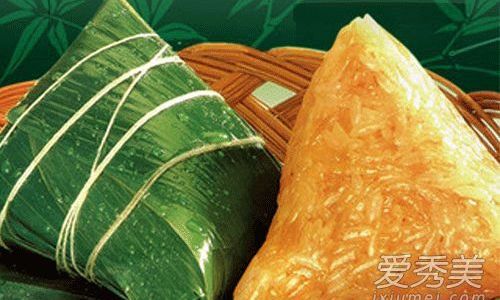
Zongzi come in a myriad of flavors and fillings, reflecting the regional culinary preferences across China. The most traditional variety features sweetened glutinous rice with a single red bean paste filling, but modern variations include savory options with pork, salted duck egg yolks, mushrooms, and even lotus seed paste. The wrapping material, typically bamboo leaves, adds a subtle fragrance to the dish, while the shape and size of zongzi can also vary, from pyramid-like structures to simpler rectangular forms.
Factors Influencing Cooking Time
Determining the general cooking time for zongzi is not a straightforward task due to several variables that can significantly impact the process. Here are some key factors to consider:
-
Size and Shape: Larger zongzi require more time to cook through compared to smaller ones. Similarly, the shape can affect heat distribution; more compact zongzi may cook faster and more evenly.
-
Filling Type: The type and density of the filling play a crucial role. For instance, meat-filled zongzi need longer cooking times to ensure the meat is tender and cooked through, whereas sweet fillings like red bean paste may require less time.
-
Cooking Method: Whether you’re boiling, steaming, or pressure cooking your zongzi will drastically alter the cooking duration. Boiling is the most traditional method, but steaming tends to preserve the shape and texture better, while pressure cooking significantly reduces the time required.
-
Water Temperature: Starting with boiling water rather than cold water can shorten the overall cooking time as the zongzi are immediately exposed to high temperatures.
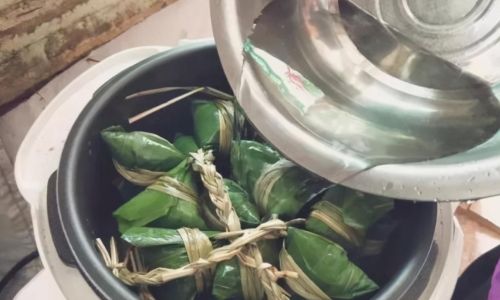
-
Altitude and Climate: Environmental factors such as altitude and ambient temperature can also influence cooking times. Higher altitudes and colder climates may necessitate longer cooking periods to achieve the desired doneness.
Boiling Zongzi: Step-by-Step Guide
Now, let’s delve into the specifics of boiling zongzi, focusing on a general guideline that can be adapted based on the aforementioned factors.
Materials Needed:
- Prepared zongzi (wrapped and tied securely)
- A large pot
- Water
- Stove or heat source
- Ladle or spoon for stirring (optional)
Steps:
-
Preparation: Ensure your zongzi are tightly wrapped and tied to prevent them from unraveling during cooking. This is crucial for maintaining the shape and ensuring even cooking.
-
Filling the Pot: Place your zongzi in a large pot, ensuring they are not overcrowded. Overcrowding can lead to uneven cooking and may make it difficult to maintain a consistent water level.
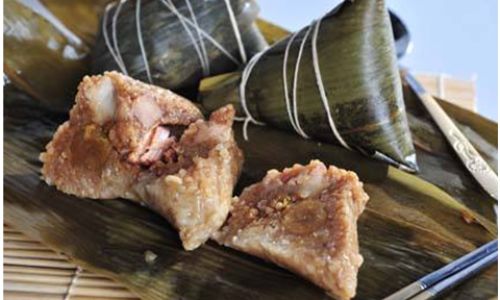
-
Adding Water: Pour enough water into the pot to fully submerge the zongzi. It’s advisable to use hot water if possible, as this will help speed up the cooking process. The water level should be at least a few inches above the zongzi to prevent them from sticking to the bottom or sides of the pot and burning.
-
Bringing to a Boil: Place the pot on the stove over medium-high heat and bring the water to a rolling boil. Once boiling, reduce the heat to maintain a gentle simmer.
-
Cooking Time: The general cooking time for boiled zongzi ranges from 1.5 to 3 hours, depending on the size, filling, and the pot’s efficiency. Smaller, sweet zongzi may be ready in as little as 1.5 hours, while larger, meat-filled zongzi could take up to 3 hours or even longer. It’s essential to check the zongzi periodically, particularly towards the end of the cooking time, to ensure they are not overcooking.
-
Checking for Doneness: To check if the zongzi are cooked, carefully remove one from the pot using tongs or a slotted spoon. Let it cool slightly, then unwrap it to inspect the color and texture of the rice. The rice should be translucent and sticky, with no hard or raw spots. The filling should also be cooked through and flavorful.
-
Cooling and Serving: Once cooked, remove the zongzi from the pot and let them cool on a wire rack or plate. This helps to firm up the rice and makes handling easier. Zongzi can be served warm or at room temperature, often accompanied by soy sauce, vinegar, or chili sauce for added flavor.
Troubleshooting Common Issues
Despite following the guidelines, issues can still arise during the boiling process. Here are some troubleshooting tips:
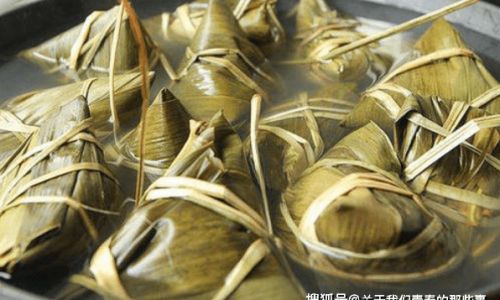
-
Zongzi Unraveling: If zongzi unwrap during cooking, they may have been tied too loosely or the leaves were not moistened enough before wrapping. Ensure the leaves are slightly damp and tied securely.
-
Rice Sticking to Leaves: This can happen if the leaves are not properly greased or if the zongzi are overcooked. Lightly brushing the leaves with oil can help prevent sticking.
-
Uneven Cooking: Overcrowding the pot or using inconsistent heat can lead to uneven cooking. Adjust the zongzi arrangement and maintain a consistent simmer.
-
Hard Rice or Raw Filling: If the rice or filling is not cooked through, increase the cooking time and check periodically until done.
Conclusion
Boiling zongzi is an art that combines precision, patience, and a deep understanding of culinary traditions. While the general cooking time can vary widely based on multiple factors, adhering to the guidelines provided and paying attention to the specific characteristics of your zongzi will help you achieve perfectly cooked, flavorful results. Remember, the joy of preparing zongzi lies not just in the final taste but also in the process, which often brings families and friends together, sharing stories and creating lasting memories. As you embark on your zongzi-making journey, embrace the imperfections and enjoy the rich tapestry of flavors and textures that these timeless dumplings offer. Happy boiling!
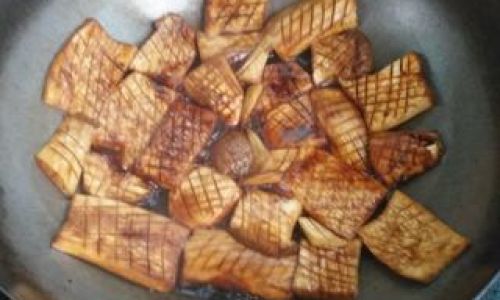
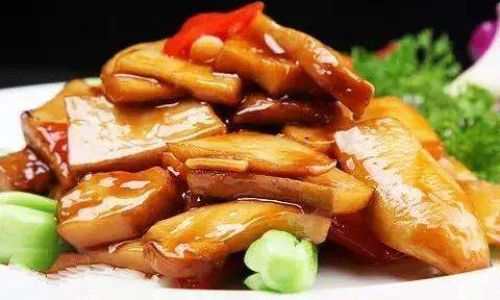
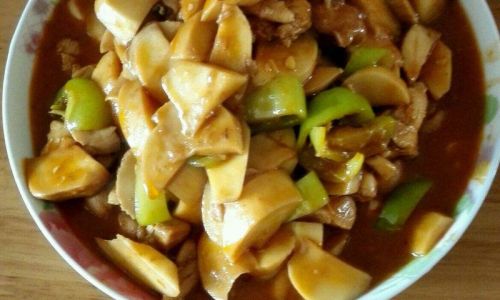


0 comments